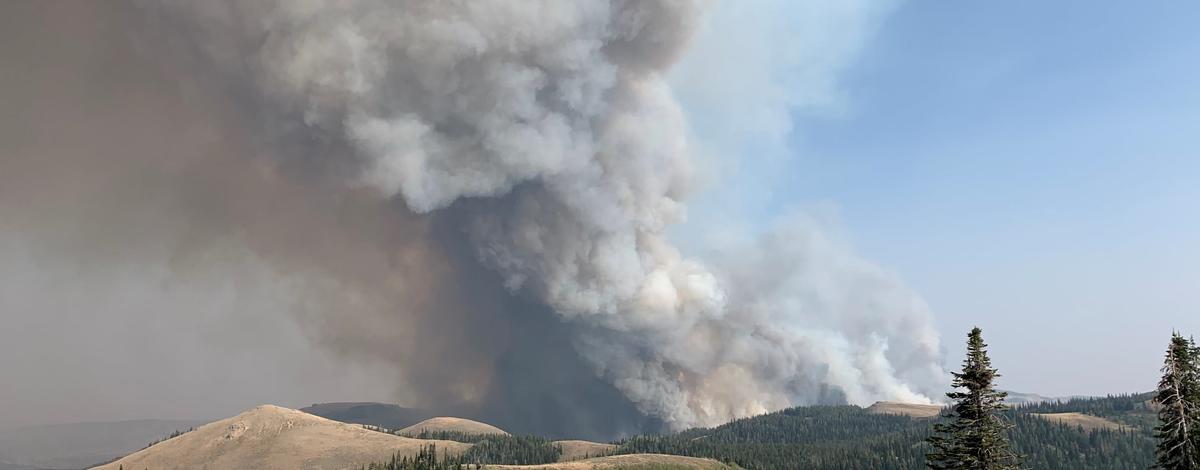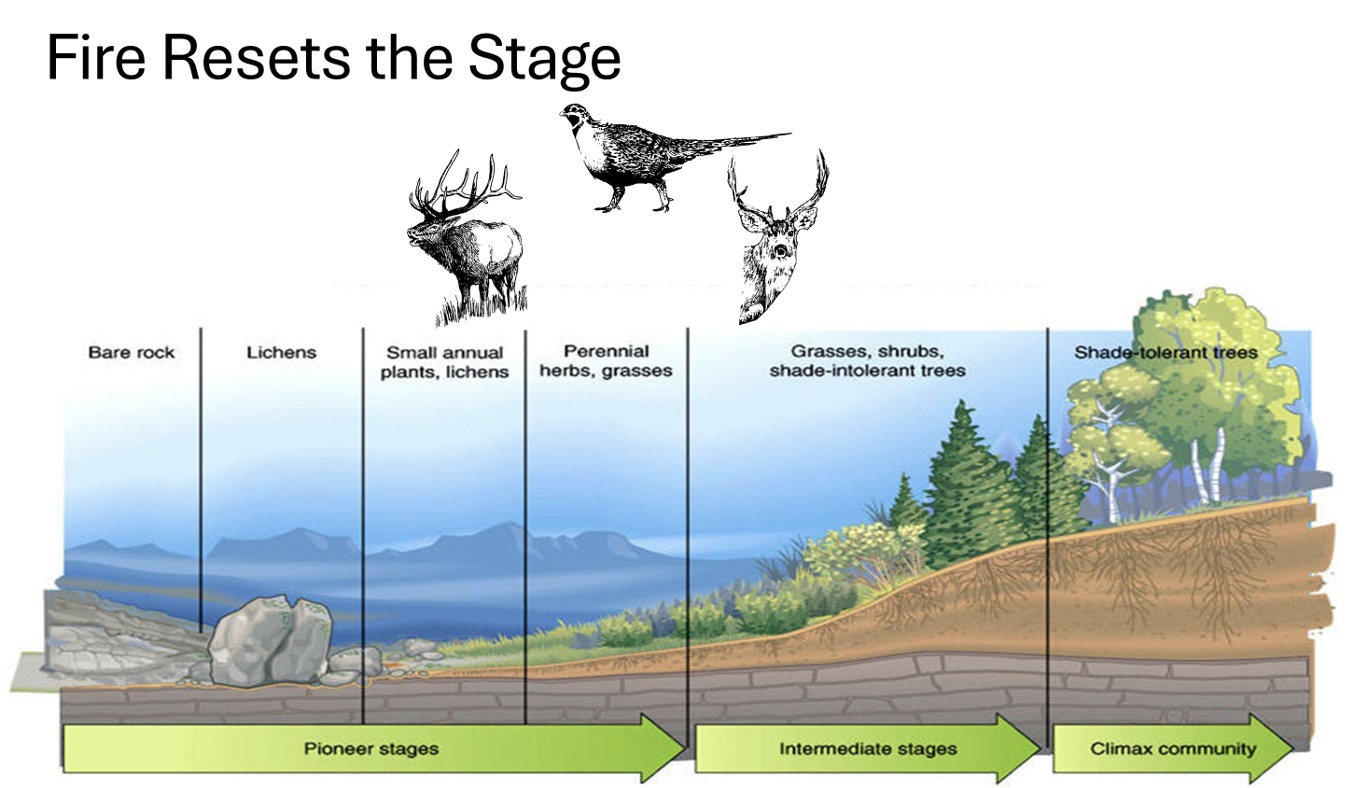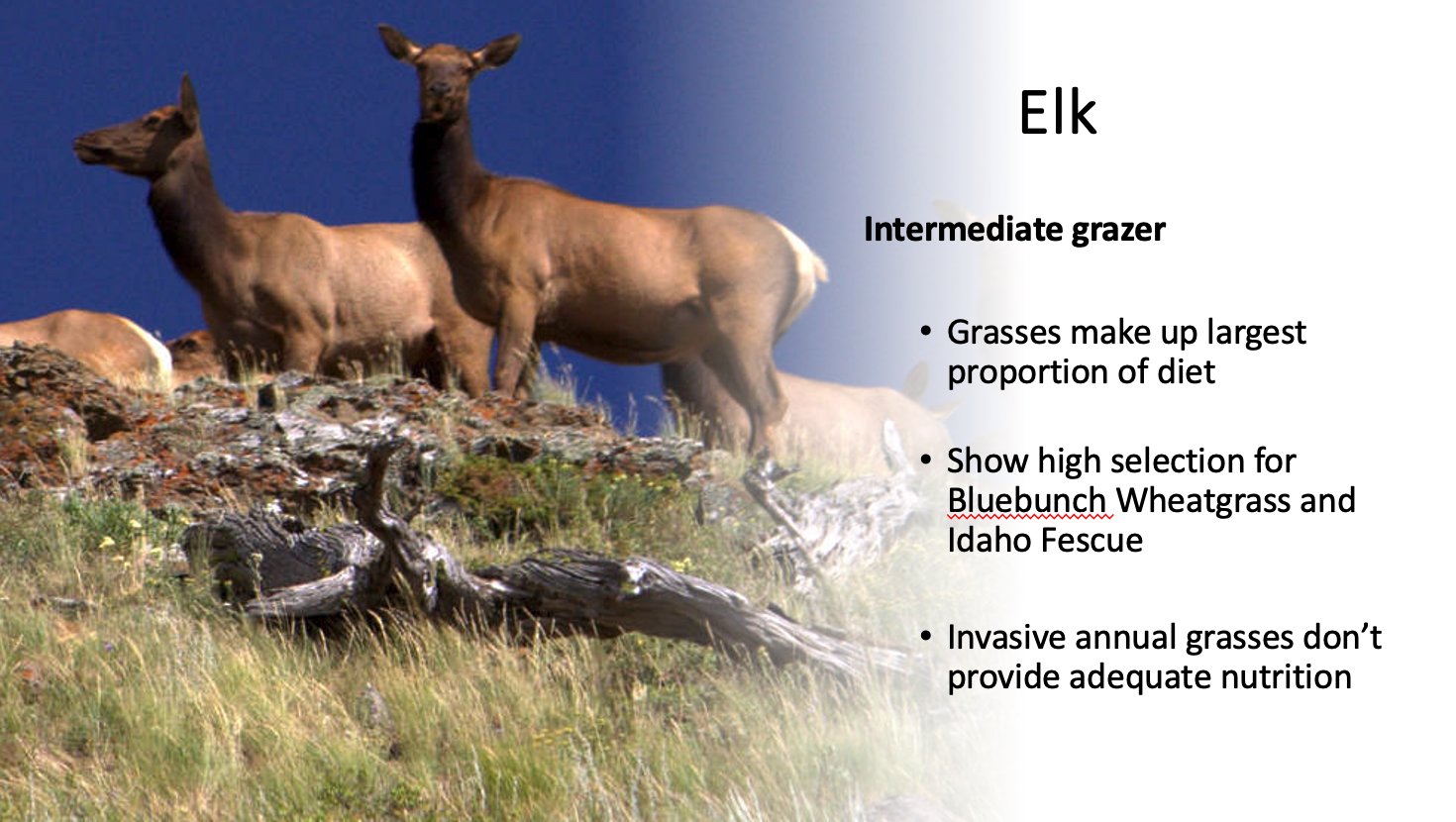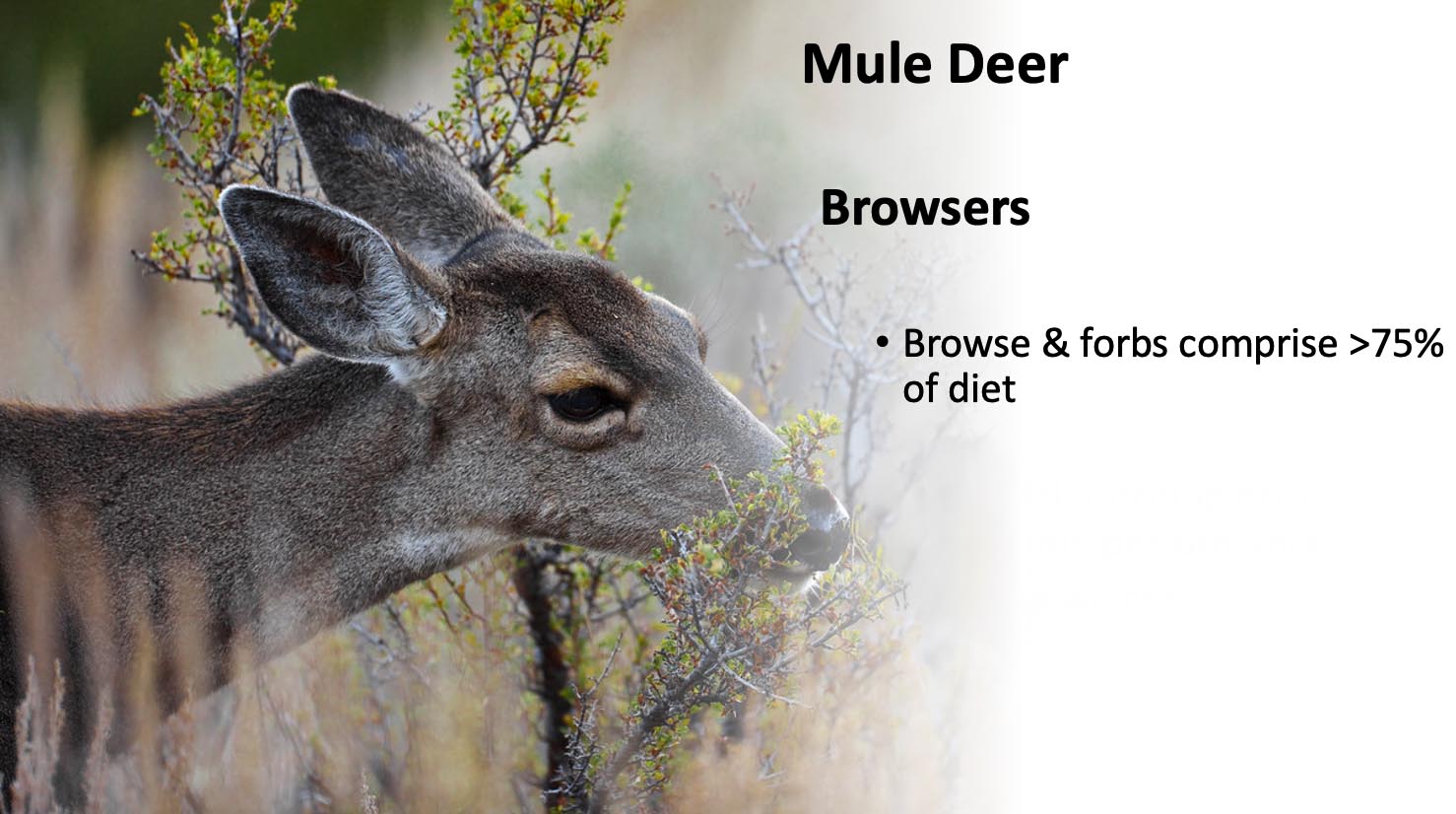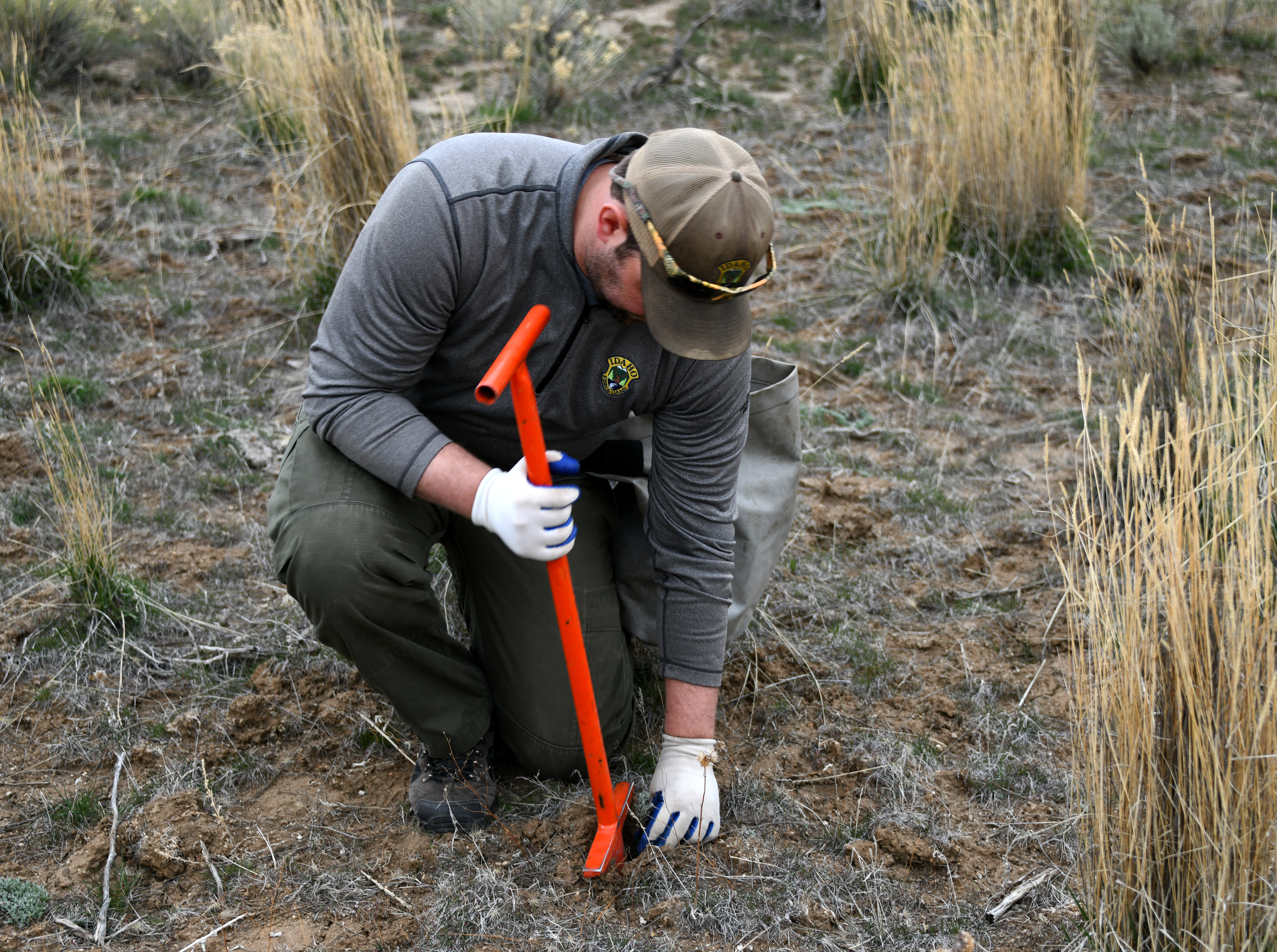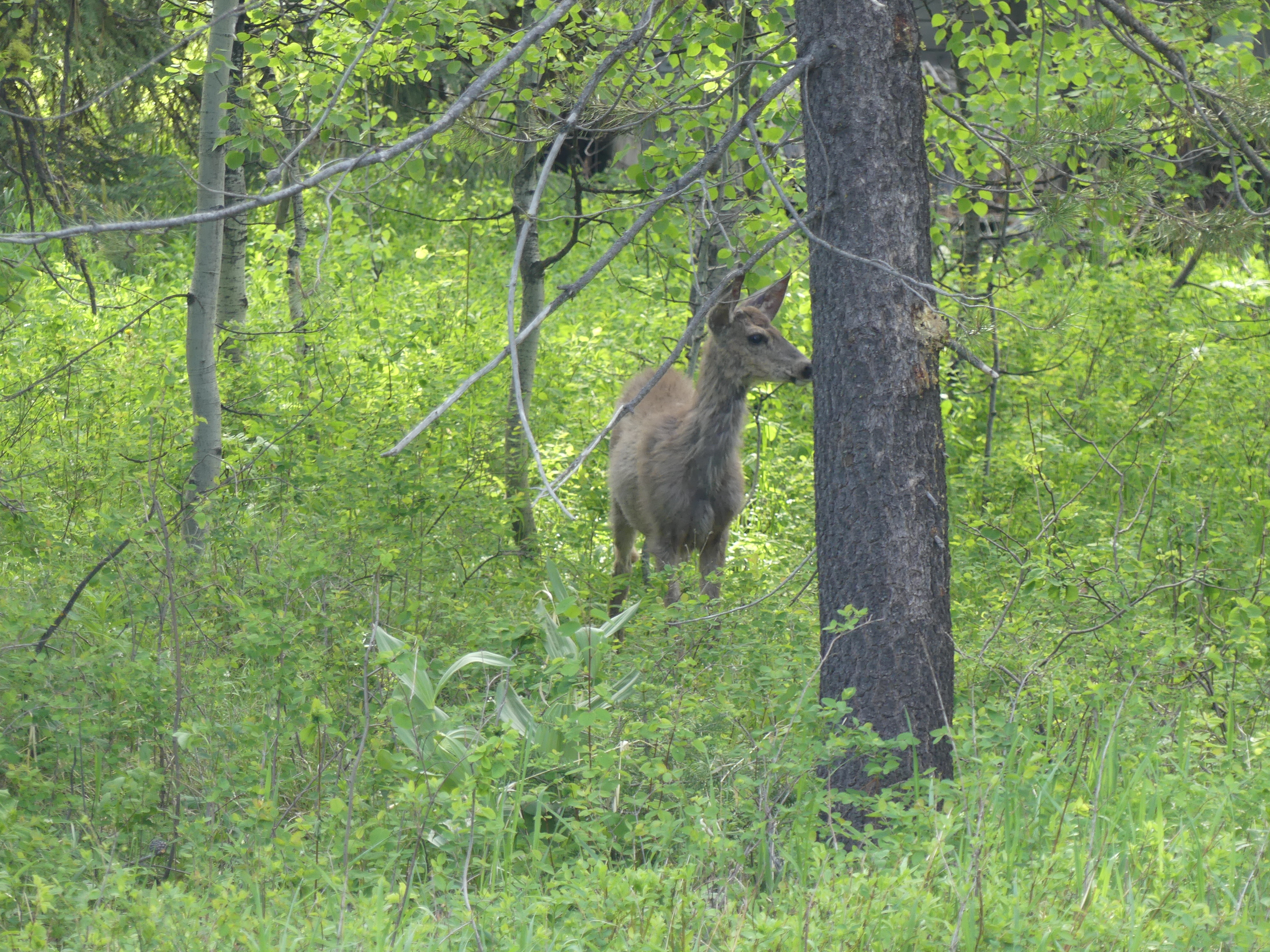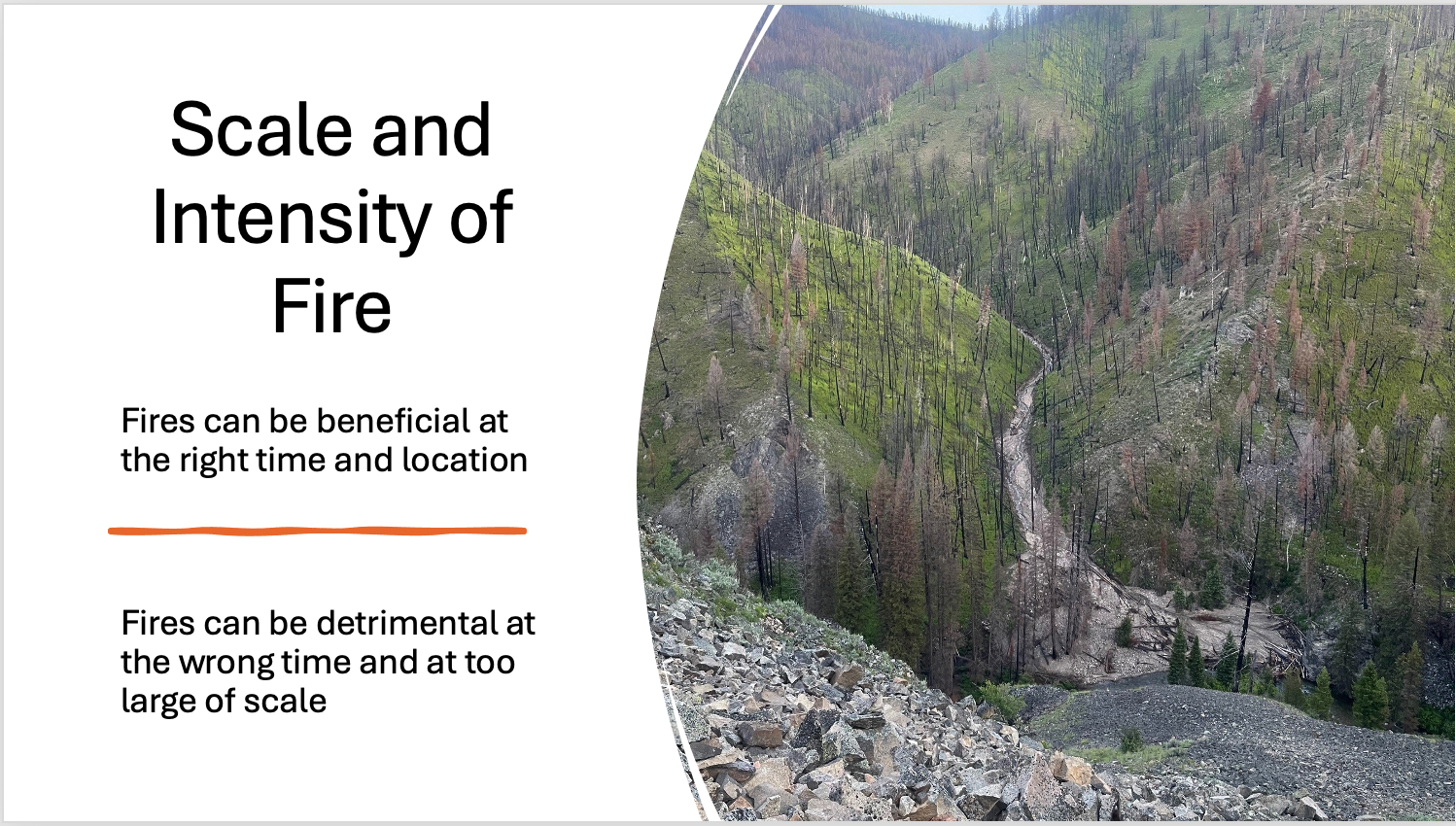Wildfires often burn through valuable wildlife habitat in Idaho’s canyons, deserts, foothills, and mountains, and what happens next is often a question on people’s minds, especially in relation to big game animals that hunters and other Idahoans cherish. The answer is often “it depends” because fires and their effects can be different depending on many factors.
First, wildfires rarely kill many animals. Some individuals may die, but not enough of them to impact populations. Animals are typically good at avoiding wildfires, even large ones.
Also, wildfires are part of the natural ecological cycle and have shaped Idaho’s diverse landscapes, and much of Idaho’s native vegetation has evolved with wildfire. For example, the thick bark on a ponderosa pine evolved to protect the trunk from periodic fires. Studying tree rings can show that an old ponderosa likely has survived multiple wildfires during its existence. Those fires also helped clear understory and smaller trees that tried to compete with it.
Just because wildfires are a natural and historic occurrence doesn’t mean they don’t create problems for wildlife, especially when they burn more frequently, at higher intensities, and/or burn tens of thousands of acres at a time.

